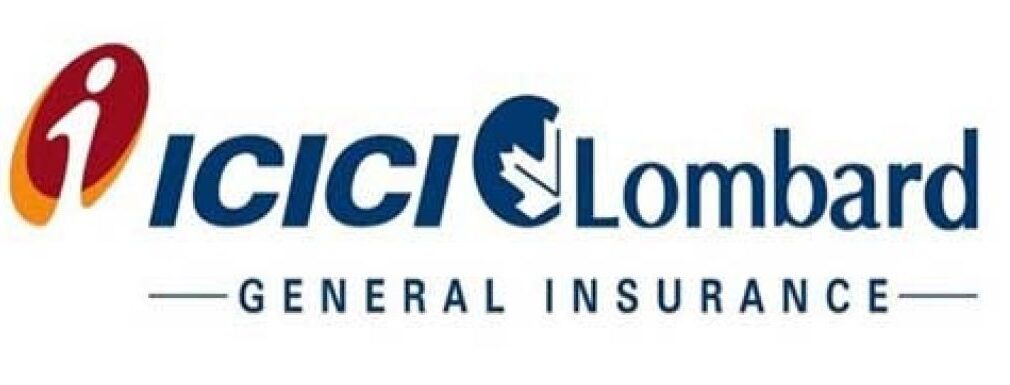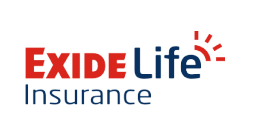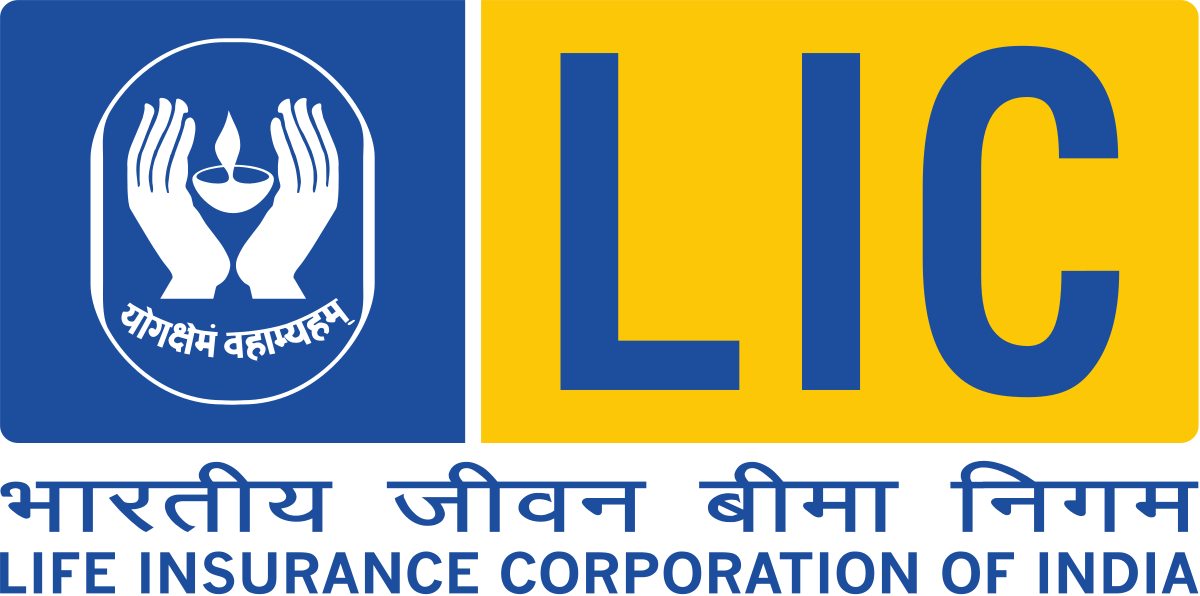Here’s what to do when facing massive hike in health insurance premiums
After the insurance regulator-mandated norms on standardisation of health insurance exclusions came into force from October 1, 2020, several policyholders have complained of huge hikes in premiums.
The Insurance Regulatory and Development Authority of India (IRDAI), however, has clarified that that the premium rise due to the change in norms is not beyond 5 percent. “…insurers were permitted to change the base premium by up to +/- 5 per cent of the originally approved premium rates in order to comply with the guidelines on standardisation of exclusions as a one-time measure for seamless transition of existing products to ensure viability and sustainability,” the IRDAI said. By September 30, 2020 premiums increased by up to 5 percent only in the case of 55 out of a total of 388 products, the regulated added.
In addition, five health insurance products saw a premium increase of over five percent. As per the IRDAI, this increase is due to the incurred claims ratio, which is the total claims paid from the net premiums collected during the year. If the ratio is high, it can make the business unviable, prompting insurers to raise rates.
According to data from Policybazaar.com on increase in prices, close to 10 percent of its customers who renewed their policies saw their premiums jump over 30 percent. Premiums of nearly 8 percent policyholders rose by 15-30 percent. “Premiums increase with age. Typically, policies have five-year age slabs. For example, your premium could stay constant as long as you are in the bracket of 30-35 years. The moment your cross 35 years of age, you move to the next age slab and your premium will go up in line with the pre-defined premium grid. In a majority of the cases, this is the most common cause of premium increases,” says Amit Chhabra, Business Head, Health, Policybazaar.com.
Besides the new norms and adverse claim ratios, COVID-19-driven rise in healthcare costs and regular medical inflation have also played a role in inflating overall health premiums. “Medical inflation is soaring and hospital pricing is not subject to any regulatory controls. Insurers are trying to fix package rates, but that hasn’t helped either. When rates are fixed in this manner, hospitals simply make the patients pay up the balance,” says Harshvardhan Roongta, Financial Planner, Roongta Securities.
Old customers, new products
There could be another reason for the exorbitant hike in rates in some cases: replacement of your policy with a new one after withdrawing the earlier cover. Policyholders are not given the choice of continuing with the existing policy in such cases.
“Some insurers have discontinued their existing products and offered the migration option to their policyholders. This is not something that got covered in IRDAI’s clarification,” points out Mahavir Chopra, Founder, Beshak.org. Here, the new product could be an improved avatar of the older one with new features, but for policyholders, it could mean much higher premiums, irrespective of whether they valued the new benefits or not.
Take for example, the case of 47-year-old Rama Manohara Reddy, who has maintained his health insurance policy with a private general insurer for 17 years. A family floater policy, it also covers his father (74) and mother (65). In December 2019, the company scrapped their policy citing unavailability and moved the family to its new product. The premium went up from Rs 21,762 to Rs 66,667, a hike of over 200 percent! The insurer highlighted additional benefits such as elimination of room rent restrictions, as also cover reload and wellness benefits in the new product, while trying to justify the hike.
“What bothered me more was that they did not give any benefit for having been a loyal customer for over 16 years. No discount was offered while effecting a steep hike of 200 percent,” says Reddy. He registered his protest, but decided to continue with the policy. Post October 2020, after IRDAI’s standardisation guidelines for existing policies kicked in, he received another advance notice informing him of an impending hike, which would be effective at the next date of renewal. “This time, they increased the premium by 64 percent to Rs 1.09 lakh, citing a substantial increase in the cost of medical treatment,” he rues.
Limited choices for policyholders
For policyholders, particularly those who have been paying their premiums over the long-term, such premium increases can come as a debilitating shock. More so because porting – that is, moving to another product while retaining the pre-existing diseases waiting period credit – will not be easy at that age. Since senior citizens are likely to be suffering from co-morbidities at that age, other insurers will be reluctant to take them on board at reasonable premiums.
“The changes have to come at the ecosystem level. Senior citizens have limited choices. Creating an adequate health fund is an option – you can discontinue your policy only if you have enough reserves and are capable of ‘self-insuring’ yourself over the long-term. However, you have to bear in mind that it is difficult to predict the increase in the cost of various treatment procedures,” says Chopra. That is, it is not easy to estimate the size of a sufficient healthcare fund.
“Also, you must remember that your health insurance sum insured gets replenished every year even if you make a claim, which will not be the case with your health fund once it gets used up in, say, one or two years,” adds Roongta. The corpus, however, can also come in handy to take care of any deductions – that is, part of the claim amount not paid for by the insurer – from your hospitalisation bill. It will also help if you are in older age groups and do not have any insurance cover at all.
Chhabra of Policybazaar.com recommends exploring the option of porting to other insurers or products if your premium is over 10 percent of your sum insured. “If you think the price hike is out of place, then you can look at options to port. You can look at moving to cheaper policies in the market, including senior citizen policies. However, do note that they come with their set of restrictions such as co-pay of even up to 30 percent and sub-limits. So, it’s a trade-off – policies could be cheaper, but you must be aware of the restrictions that will increase the out-of-pocket expenses,” he advises.
Depending on your affordability, requirements and what is being offered, you can consider such plans. Create your healthcare fund as a back-up to make good any shortfall due to lower sum insured or co-pay and room rent restrictions.































